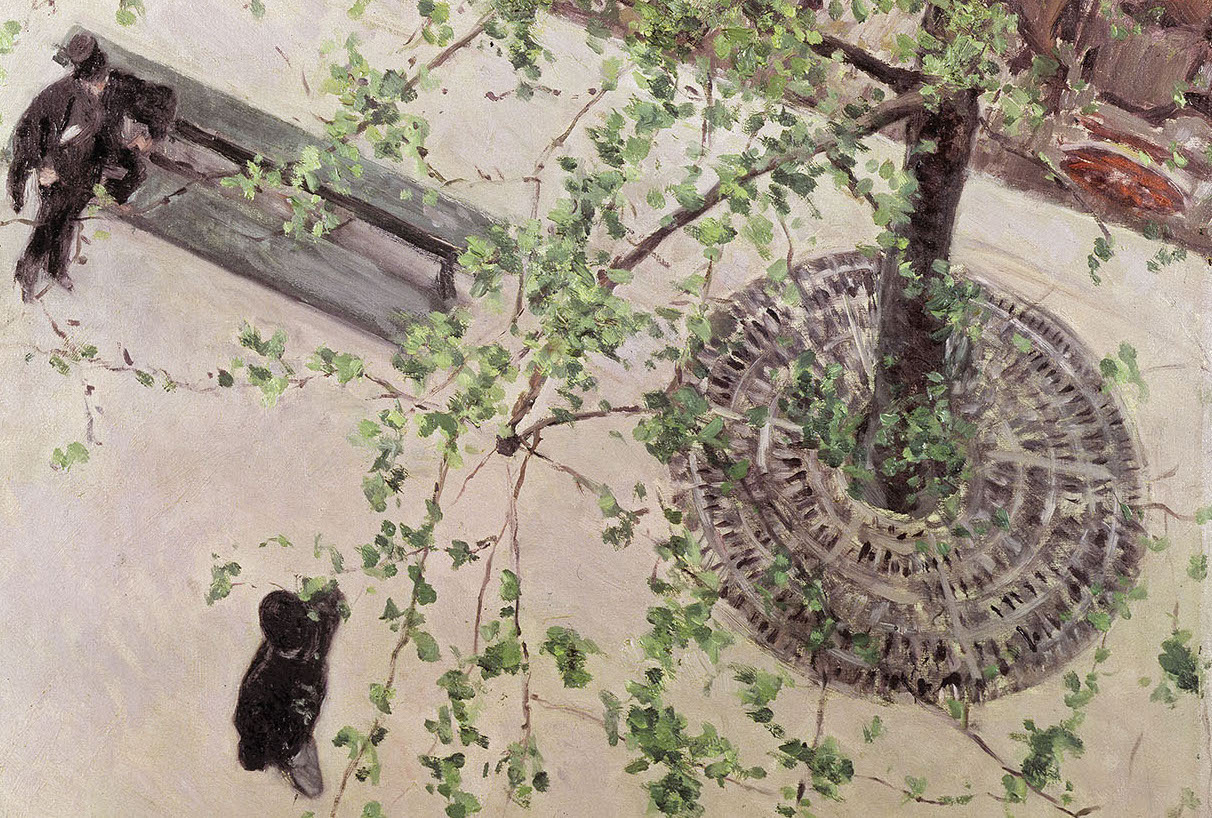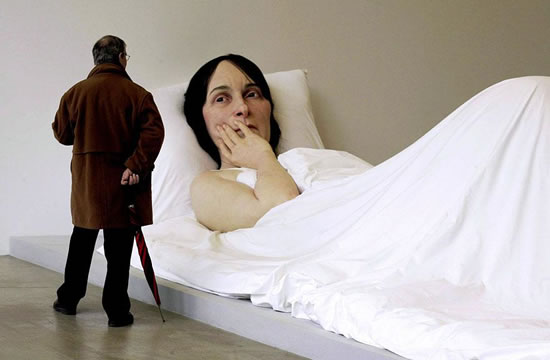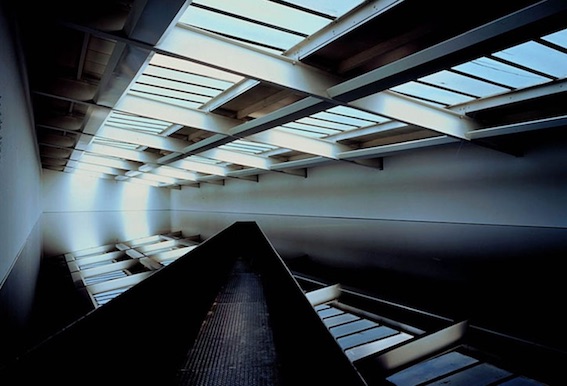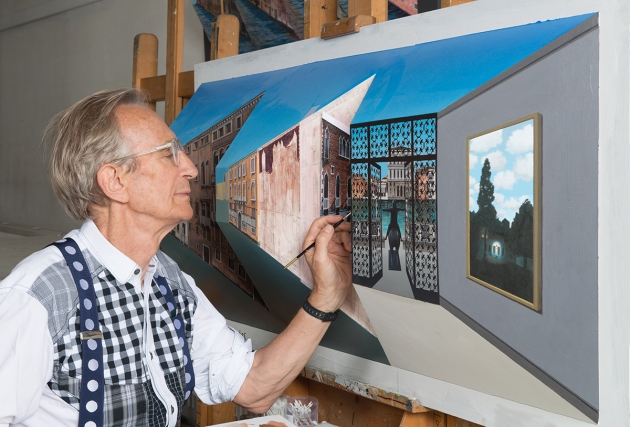Remembering From the Outside: Spatial Perspectival Properties
The literature on observer perspective memory typically holds that it is a phenomenon that is dependent on reconstructive processes at the moment of retrieval. On such an understanding all visual memory imagery would be encoded from a field perspective, and the change to an observer perspective would occur at retrieval. …






